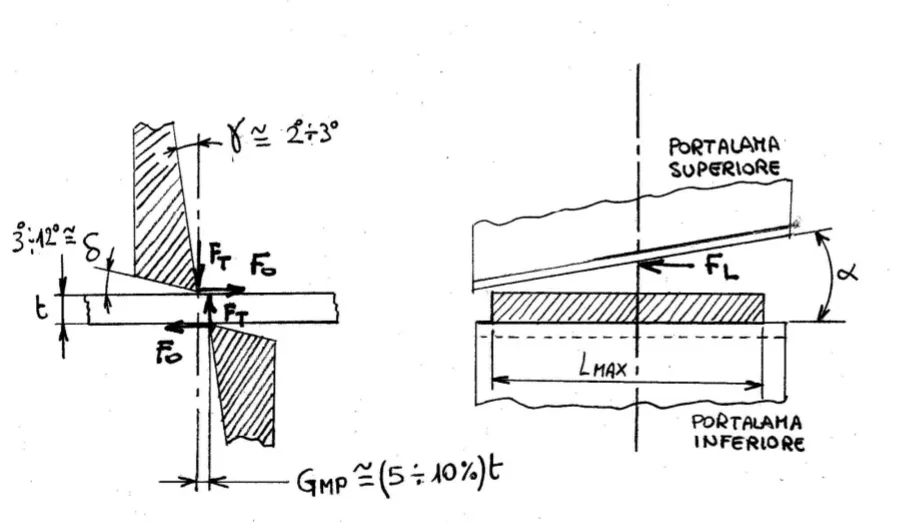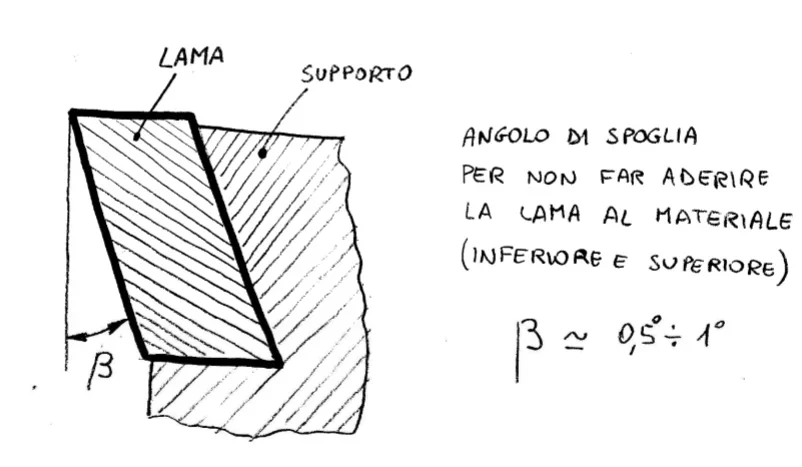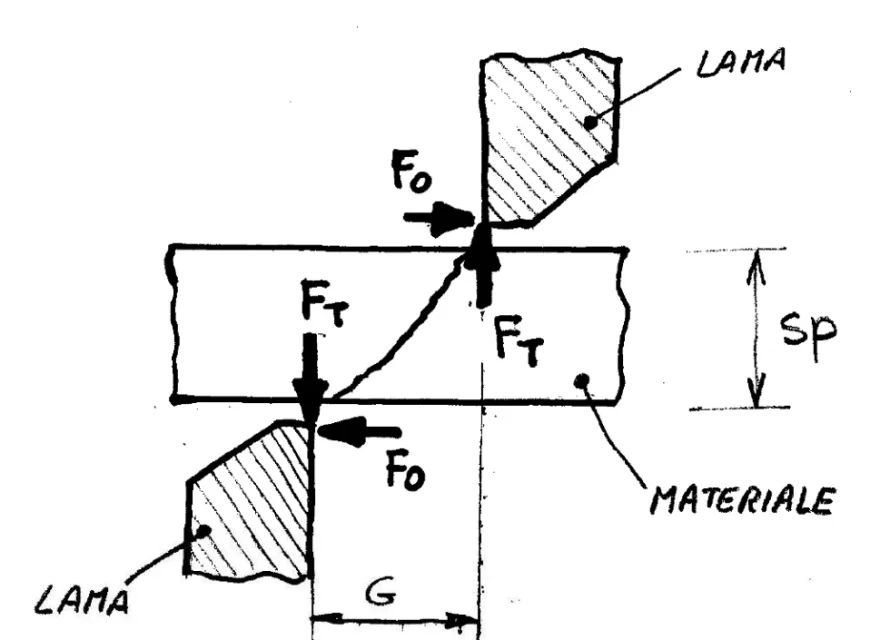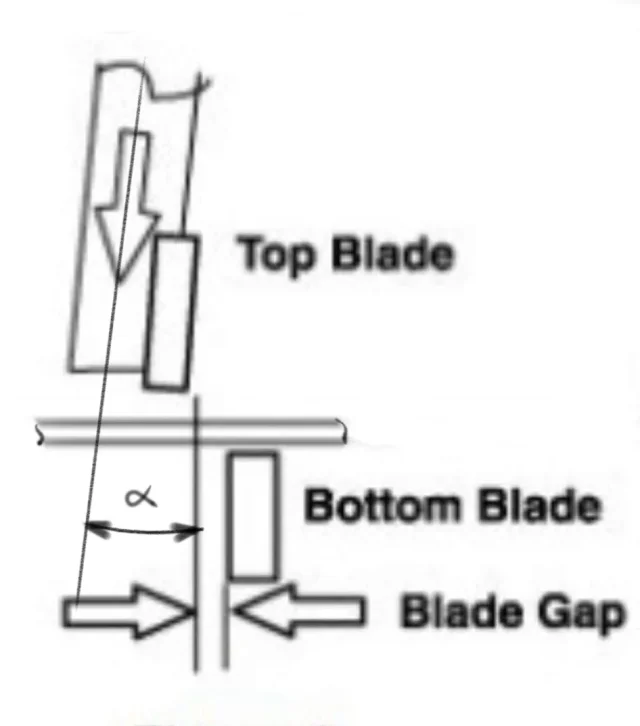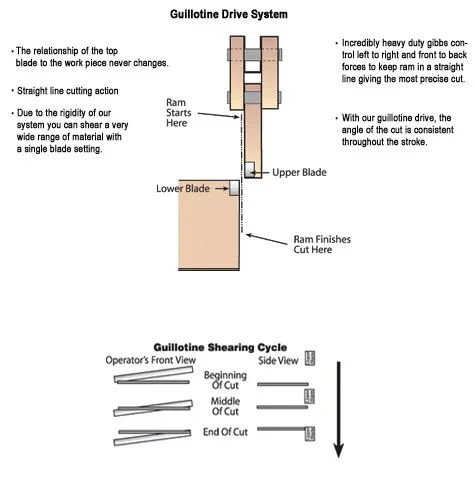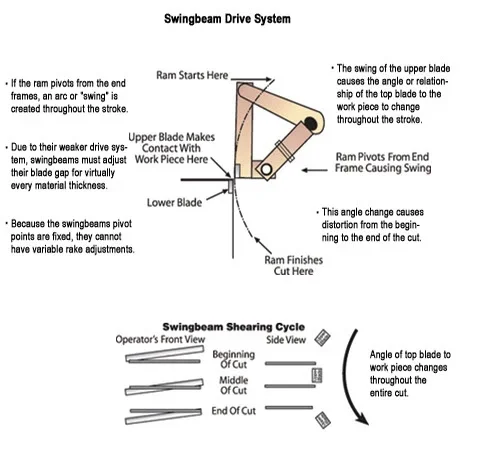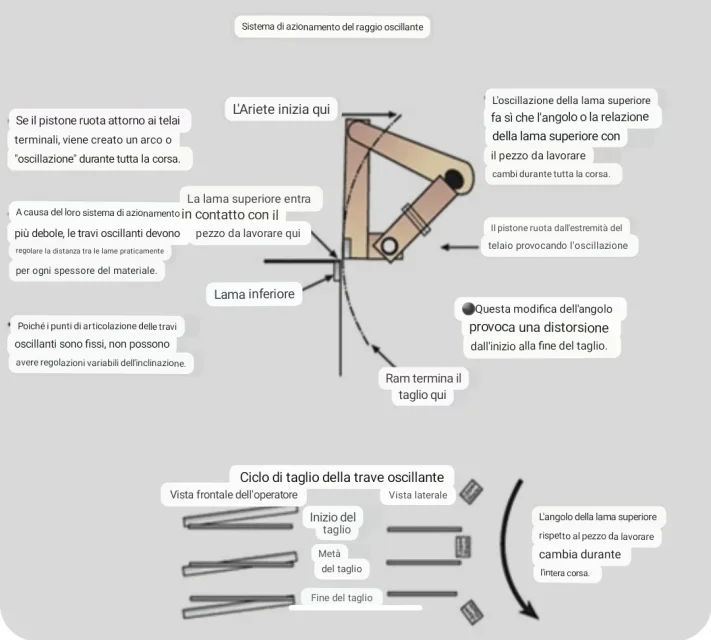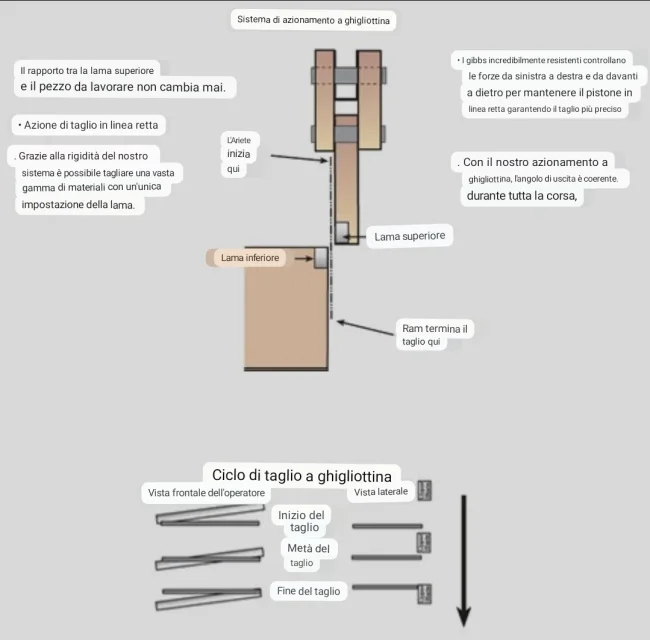eugenio_78
Guest
Good day to all,
Having to make a tip for copper sheets I am looking for information on which is the best cutting angle to make the blade.
It is about cutting small copper sheet width 100 mm thickness 0.5 mm.
I have to make a tip like that of the plates, with a fixed blade below and a mobile blade above.
thank you for your suggestions, hello.
Having to make a tip for copper sheets I am looking for information on which is the best cutting angle to make the blade.
It is about cutting small copper sheet width 100 mm thickness 0.5 mm.
I have to make a tip like that of the plates, with a fixed blade below and a mobile blade above.
thank you for your suggestions, hello.

